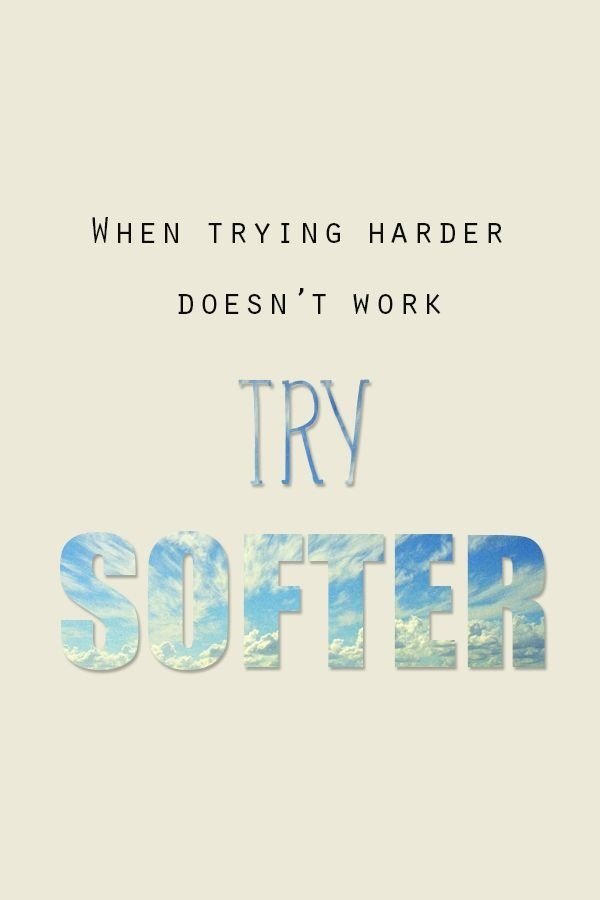The less effort, the more you get out of it
Somatic movement is not forcing, judging, or working too hard, and expecting our body to respond a certain way. Tough to do when all of us grow up believing that good things only come to those who work the hardest.
The other day in a somatics class we did a movement that helps release muscles in the sides, back, front, and hips. I love this movement because it’s effortless and gentle, one we all learned as babies, around three months, allowing us to roll over onto our tummies.
But something changes once we become adults that makes this movement challenging. Most of us have forgotten how to do it easily and lazily because we have lost voluntary control of certain muscles: They’re constantly tight and don’t know how to release. The idea that muscles can simply release the less work you put into a movement is a foreign concept that confuses our brain.
The good news is that the field of neuroplasticity now tells us that at any age, our brain can build new neural pathways that let us learn, modify and change. In somatic movement, the default is always soft, gentle, and slow movements of listening and feeling the body. This approach opens the door to the brain noticing tight muscles and grasping that they can release when no longer needed.
And if you’re wondering what happened in that somatic class where we focused on releasing muscles in the sides, back, front, and hips. By the end, everyone was moving at their own pace and noticeably moving more effortlessly and softly.
A reminder that I’m taking July off to visit Vancouver Island, Seattle, and then Idaho, and classes will resume Thursday, August 4. For more information on my somatic movement classes, contact me at balancesomatics@gmail.com.

